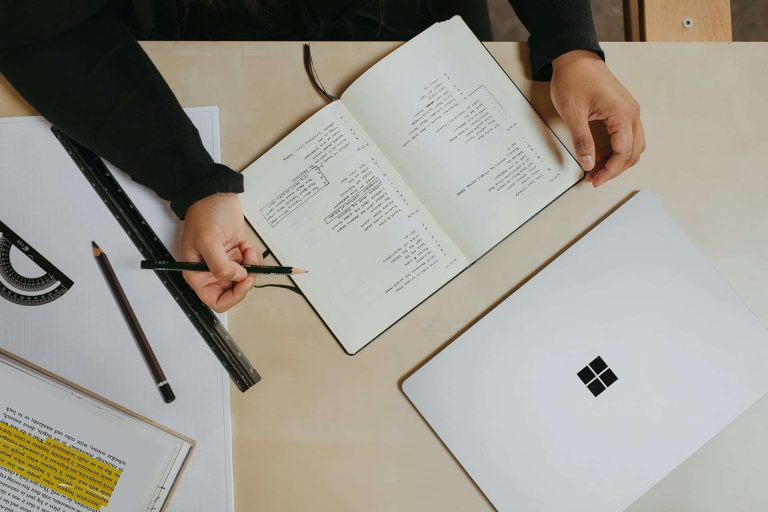Tracking the Whooping Crane Migration: A Map of Their Journey
A map tracking the journey of whooping crane migration offers accurate and detailed insights into their whereabouts. This map is an excellent resource for understanding the migratory habits of these unique birds.
The whooping crane is one of north america’s most endangered species, with only about 350 left in the wild. These cranes are known for their unique breeding and nesting behaviors, making their migration patterns especially important to understand. The map tracking their journey is an incredible tool for scientists and bird enthusiasts alike, providing insight into the locations and timing of the migration.
The whooping crane migration covers more than 2,500 miles and spans across several states and provinces, including texas, nebraska, south dakota, and saskatchewan. With the help of the migration map, researchers are better able to study these magnificent birds and work towards their conservation and protection.
Credit: journeynorth.org
Whooping Crane Migration: A Historical Perspective
The whooping crane has fascinated humans for centuries. Their incredible journey from breeding grounds in canada to wintering grounds in texas has captivated scientists, environmentalists, and bird enthusiasts. Over the years, various methods have been employed to study and track their migration patterns, from banding to satellite tracking.
Understanding Early Attempts To Track Their Migration
In the past, researchers relied on banding to track the whooping crane’s migration. This method involved attaching a metal band to the bird’s leg, with a unique identifier that could be used to track its whereabouts. However, this method was not very effective, as bands could become lost or damaged over time, and it did not provide ongoing data about the bird’s location.
Overview Of Updates In Technology That Improve Tracking
Today, advances in technology have greatly improved our ability to track the whooping crane‘s migration. Researchers now use satellite transmitters to monitor the birds’ movements, allowing for real-time updates on their location, behavior, and habitat use. These transmitters are attached to the birds via a backpack harness, which is designed to fall off after a predetermined period, usually around two years.
Other innovations have included the use of geolocation technology, which tracks the whereabouts of the bird using gps coordinates. This technology has helped researchers to better understand the birds’ migration patterns and has highlighted the importance of stopover sites along their journey.
Understanding The Patterns Of Whooping Crane Migration
Historical data and new technology have enabled researchers to identify key stopover sites along the whooping crane‘s migration route. These sites are crucial for the birds’ survival, providing a source of food, water, and shelter during their long journey.
One important stopover site is the platte river in nebraska, where the birds rest and refuel before continuing their journey. Understanding the birds‘ reliance on these stopover sites is essential for conservation efforts and provides insights into their overall health and wellbeing.
Overall, tracking the migration of the whooping crane has given us invaluable insight into their ecology and behavior. As technology continues to evolve, we can expect even greater advances in our ability to study these magnificent birds.
Whooping Crane Migration: Journey Mapping
The Geography Of The Whooping Crane Migration
The whooping crane is a migratory bird that spends most of its time in north america. It breeds in canada’s wood buffalo national park and then migrates to the gulf coast of texas for the winter. During their journey, they fly over the great plains of the united states, crossing major bodies of water like the great lakes and the mississippi river.
The journey is a long and exhausting one, covering up to 4,000 miles round trip.
Detailed Journey Mapping Of The Whooping Crane Throughout The Migratory Cycle
The migratory cycle of the whooping crane is divided into three phases: the fall migration, winter range, and spring migration. Each phase has its unique characteristics that affect the journey of the whooping crane. The journey mapping of the whooping crane is as follows:
Fall Migration
- Starts in august to early september from breeding grounds to the aransas national wildlife refuge.
- En route, they make stopovers to rest and feed, traveling through seven states: Northwest territories, alberta, saskatchewan, montana, north dakota, south dakota and nebraska.
- The duration of the fall migration can take up to 50 to 60 days.
Winter Range
- The winter range starts in november, and the whooping crane population settle into the aransas national wildlife refuge, a 115,000-acre protected area.
- During this time, the whooping crane population can feed and rest, gaining the needed energy for their journey north.
Spring Migration
- The spring migration starts in late march to early april, and the birds depart the aransas national wildlife refuge and travel back to their breeding grounds in canada.
- During this period, they pass through the same seven states that they stopped at on their fall migration but use different stopover sites, making the journey back to their breeding grounds in around 50 to 55 days.
Understanding The Factors That Affect Migration
Migration is not easy for the whooping crane, and the factors that influence the migratory cycle include:
- Climate change affects the timing of the breeding season and availability of food and water sources.
- Habitats degradation in breeding, migration, and wintering areas can lead to habitat loss.
- Migration hazards such as wind turbines, tall buildings, electrical transmission lines, and oil spills can have fatal consequences for the whooping crane population.
Understanding the migratory cycle and factors that affect the whooping crane’s journey is essential to manage, conserve and maintain the species population.
Research Efforts In Whooping Crane Migration Tracking
Overview Of The Institutions That Are Involved In Tracking The Whooping Crane Migration
Tracking the migration of whooping cranes is crucial in understanding their population growth and movement patterns. Research institutions like the international crane foundation, the united states fish and wildlife service, and the canadian wildlife service have been pivotal in tracking the migration of these birds.
These organizations work together to provide comprehensive data on the birds’ movement patterns and their breeding and nesting areas.
The Methods And Technologies Employed In Tracking The Movement Of Whooping Cranes
Tracking the movement of whooping cranes requires sophisticated technology and advanced methods. Here are some of the tools and techniques used:
- Gps transmitters: These are affixed to whooping cranes to track their movements across the globe. The transmitters collect data on their migration, breeding, and nesting areas.
- Telemetry: Radio telemetry is used to track the birds’ movements in real-time, giving researchers instant data on their location and activities.
- Aerial surveys: Researchers conduct aerial surveys to study the birds’ population growth and habitat use.
In addition to these techniques, researchers also use satellite imagery and drone technology to observe and monitor the birds’ movement patterns.
Details Of Research Findings And Insights Based On Tracking Of Whooping Cranes
The tracking of whooping cranes has provided valuable insights into their migration patterns, breeding areas, and habitat use. Here are some of the key findings:
- Whooping cranes follow specific migratory pathways, known as flyways, during their annual migration.
- Breeding areas are essential for the survival of the whooping crane population. The birds prefer to nest and breed in secluded areas around rivers, wetlands, and marshes.
- Habitat loss due to human activity and climate change poses a significant threat to the survival of the whooping cranes.
- The population of whooping cranes is slowly growing, thanks to conservation efforts aimed at preserving their breeding and nesting sites.
Tracking the whooping crane migration is an ongoing effort, and new data is continually emerging. The research insights will aid in the conservation of these magnificent birds and ensure their survival for generations to come.
Frequently Asked Questions For Tracking The Whooping Crane Migration: A Map Of Their Journey
How Far Do Whooping Cranes Migrate?
Adult whooping cranes can travel over 4,000 km from breeding grounds in wood buffalo national park, canada, to their wintering grounds at the aransas national wildlife refuge in texas.
What Threats Do The Whooping Cranes Face During Migration?
Whooping cranes face various threats such as collisions with power lines, illegal hunting, predation, and habitat loss. Climate change also affects their food availability and life cycles.
Why Is Tracking Whooping Crane Migration Important?
Tracking whooping crane migration helps researchers and conservationists understand their movements, behavior, ecological needs, and potential threats. This information can aid in habitat protection and conservation efforts.
Conclusion
After following the journey of the whooping crane migration through the map, it becomes clear that these birds travel vast distances to reach their breeding grounds each year. The intricate and complex migration pattern of the whooping crane is a wonder of nature that fascinates scientists and bird enthusiasts alike.
The conservation efforts, including the use of gps trackers and citizen science initiatives, have helped protect the whooping crane population and continue to provide valuable insights into their behavior. It is important to remember that these magnificent birds face numerous threats, including habitat loss and collisions with power lines.
By continuing to monitor their migration patterns and implementing effective conservation measures, we can help ensure the survival and thriving of this incredible species. Overall, tracking the whooping crane migration journey reminds us of the vastness of nature and our responsibility to protect it for generations to come.
Published on June 2, 2023 | Last Updated on June 27, 2025 by Rifat Ahmed








